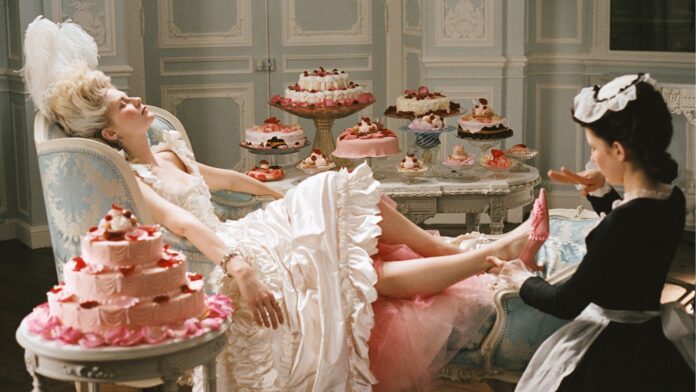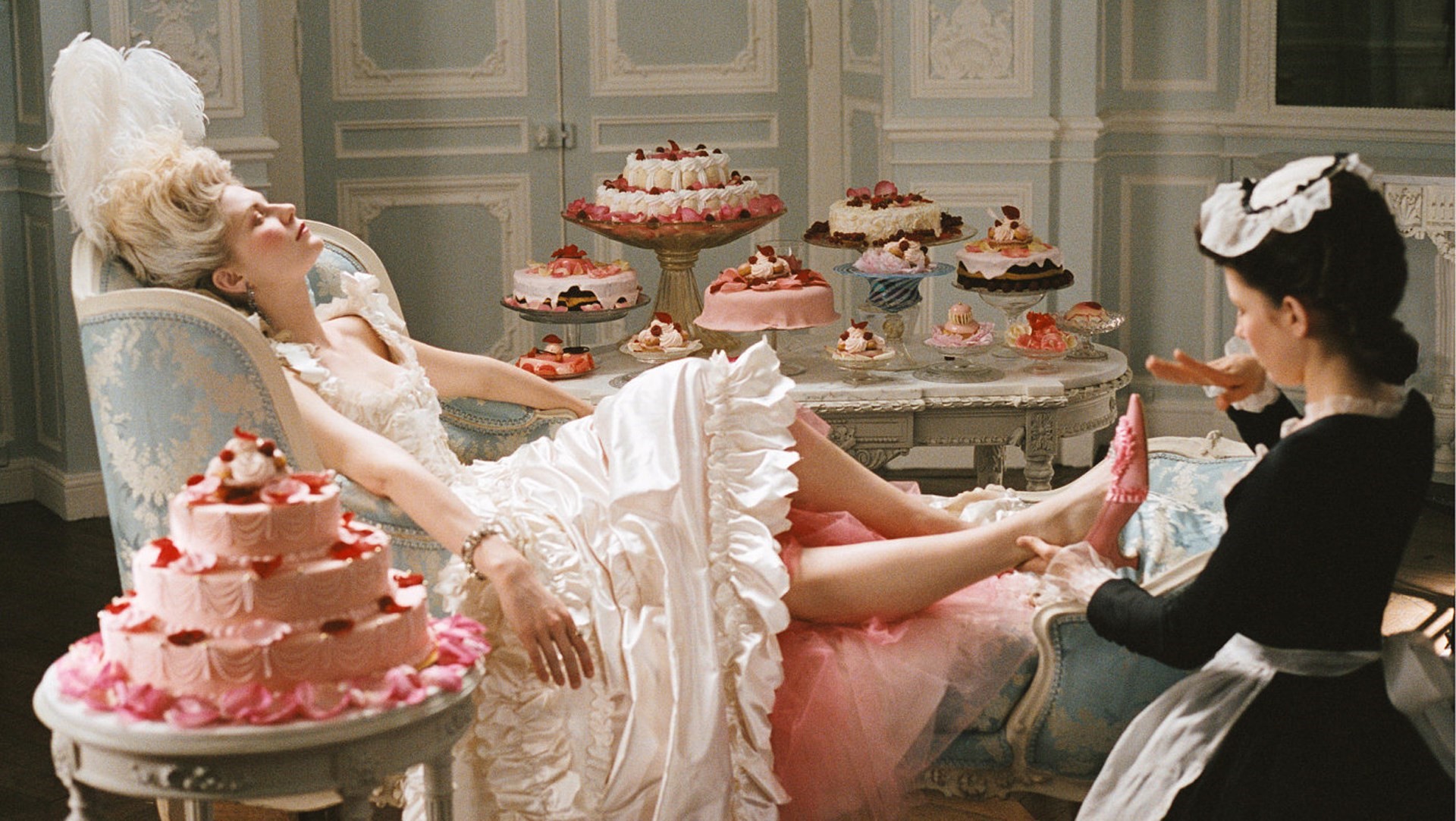
Beautiful, mysterious, agonizing and inevitably fatal, like life. This is the slogan Garden of the Virgins Suicide (1999), but which well embodies all of Sofia Coppola’s cinematography.
From the debut just mentioned to the very last On the rocksbypassing public and critical triumphs such as Lost in translation AND Marie Antoinette or much less rated films like Elite society, one can identify the common thread, the poetics that connects each film, making Coppola’s vision unique and unrepeatable. waiting Priscilla (which will premiere at the upcoming regular Venice Film Festival), one can imagine that the new film is another work within the framework of mosaic built so far by an American directorwhere each protagonist is a unique yet organic face in a cinematic representation of the feminine.
Filmography
If there is something that uniquely characterizes every Sofia Coppola film, it is the central role of female characters who, even when they are accompanied by a bulky presence (see Bill Murray) or when they are not playing the role of the main characters (see Elle Fanning in Somewhere), they always clearly stand out among male colleaguesthe central elements and engines of all the narrative that is created.
Coppola’s goal in each of the seven films released so far is precisely this: to propose to us. her look at women, a look that knows and does not judge, a look that knows how to be honest, but also forgiving, rarely a mother, but certainly never a stepmother in relation to the roles that girls and women have to play every dayin every century, whether we like it or not.
It all starts with teenagers Garden of the Virgin Suicides (which will lead to the birth of an always effective partnership between Kirsten Dunstwith her icy and disappointed eyes on the face of a little girl, and Sofia Coppola, ready to capture it all), beautiful and trapped in a destiny already written, lilies in a too small vase that wither from day to day in front of everyone, without anyone’s help, but with the stoicity of meeting this fate head-on.
Then we come to Lost in translationwhere is Charlotte (wonderful Scarlett Johansson) lives in an uncertainty that anticipates the foreseeable end of his relationship, consisting of silence and absence, an apparently irresistible lack of communication, and which, perhaps, really is.
However, three years later, in 2006, Coppola brings to the screen his first historical portraitthe very controversial queen of France, Marie Antoinette, with a distorted face light and shadow who, thanks to an expertly crafted indie rock soundtrack, comes alive again as an eternal woman, a model of her time and feelings of all times.
From pre-revolutionary France, we are moving into the modern California film industry. Somewherein which you first touch father and daughter relationshipwith a very young Elle Fanning who went from living on the fringes of her apathetic father’s Hollywood universe to forcibly becoming the center of it, striking a balance and synergy between two essentially strangers.
From the appearance of a teenager to (again) a teenager in shiny rings: a story based on a true story, perhaps Coppola’s most popular and least rated film, which, having directed Emma Watson an aspiring criminal, uninhibited and morally bereft, decides to focus more on experimenting with the Harmony Korine trend, losing sight of the main characters’ writing a bit.
The main characters, however, return to center stage in Linganno, the director’s only horror/noir film with an exceptional cast (Nicole Kidman, Kirsten Dunst, Elle Fanning, Colin Farrell). Again, going back in time, this time to the Civil War, we again find ourselves in a closed environment, a reality ruled by female victims and perpetrators, more and more ambiguous, more and more misunderstoodin perfect balance between feeling and awareness.
In the end On the rocksin which he returns Bill Murray like a shoulder Rashida Jones and the father-daughter theme also returns, this time with a more mature and light-hearted take on what that relationship is, especially as you grow up and have to deal with the burden of the name you carry.
Vision of femininity
Seven films, seven different points of view that they intertwine and contrast, forming a kaleidoscope about what it means to be a child, an adult yesterday, today and tomorrow. Seven works that flaunt femininity with never-hidden melancholy, reflections on broken dreams before they are even thought of, and an ever-present past that can never be a true friend.
The ideological daughter of Sylvia Plath and Lana del Rey’s sister Sofia Coppola are in fact makes his deadliest weapon out of charm and fragilitywhich, like needles, penetrate right into the heart and poison the beholder with beauty and nostalgia, thus creating a kind of dark feminism in which the insults and pain of the universes in which the main characters operate, the answer is an aggressive passivity, a sardonic and stubborn self-destructive spirit, as destabilizing to present as bold to stage.
Marie Antoinette, Lux and even Niki from Elite societyinstead of rebelling, they throw themselves into the abyss, destroying themselves, knowing that there is no possibility of any other redemptionas if happy endings were only in fairy tales, and therefore they preferred to choose the opposite epilogue, the only way out left.
Loneliness
In this album of portraits, a portrait of loneliness stands out, an element common to all, vague but clear. The Coppola Girls: women, some more, some less, always stuck in a world that doesn’t want or understand them, in which refuge in oneself, in fears, anxieties, excesses and revenge is the only space allowed. Finding one’s place in the world is an expensive and recurring theme in cinema, but through Coppola’s camera, it transcends all of that and becomes almost an act of titanism, an attempt to make everything work to the endto respect the expectations of others, to return to the canons only to find oneself more and more alone and wrong, less and less understood and surrounded by people who have no intention of understanding.
And just as the protagonists are lonely, we set about creating a setting: isolated boarding schools in the woods, abandoned Hollywood hotels in the desert, foreign countries where the absence of a home leads to a lack of true affection. Physical isolation in movies is a reflection of emotional distance that each figure realizes, voluntarily or not, by placing other characters as well as the public at a safe distance for both defense and offense.
And so, in spite of this silence, these speeches were never made, Sofia Coppola in her films portrays the promise of an inner world that we will never know., giving us just a marginal look done in pastel colors and colorslarge spaces from which it is impossible to leave, but also to enter, in a rhythmic alternation of sweetness and fear, innocent smiles and depression, baking and poison.
follow IN FRAME all the news inside and outside the hall can be found on Instagram and Facebook: there is also a Telegram channel, updated daily.

